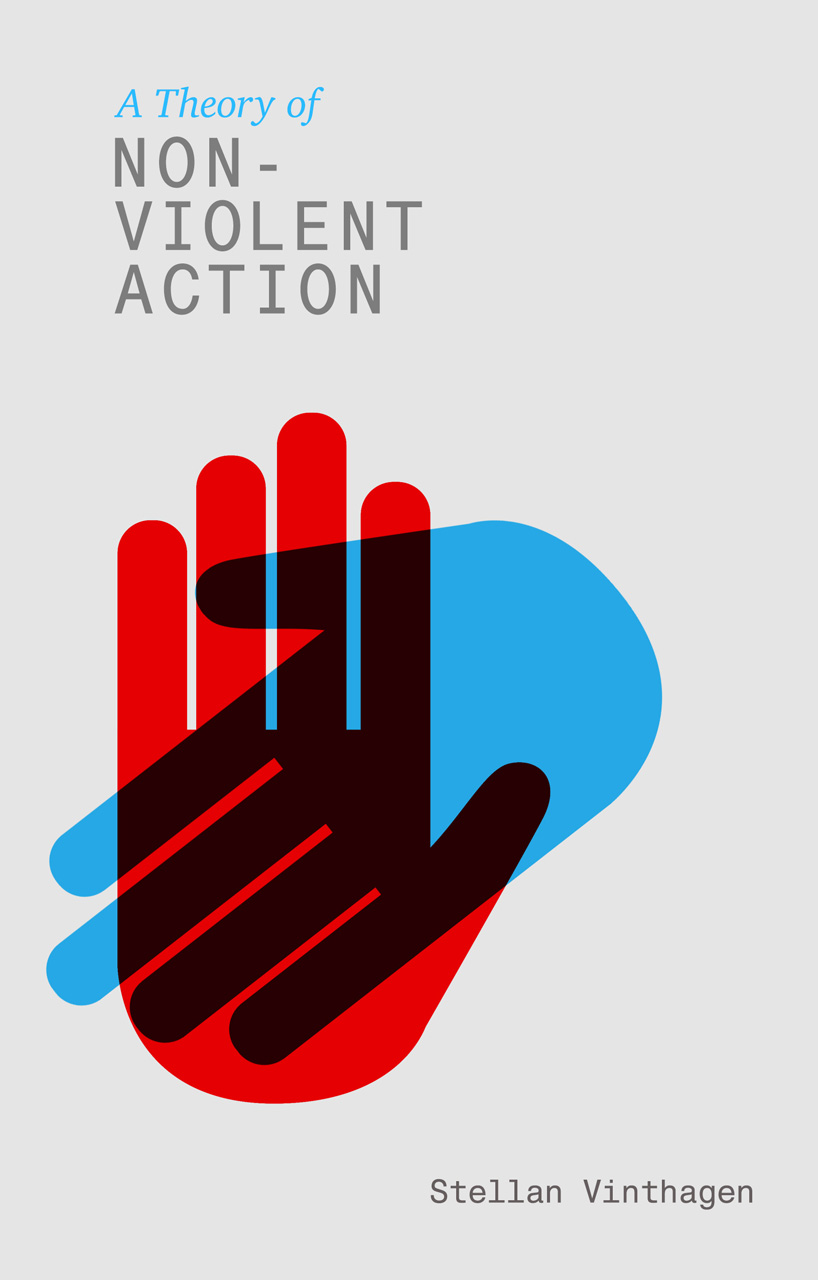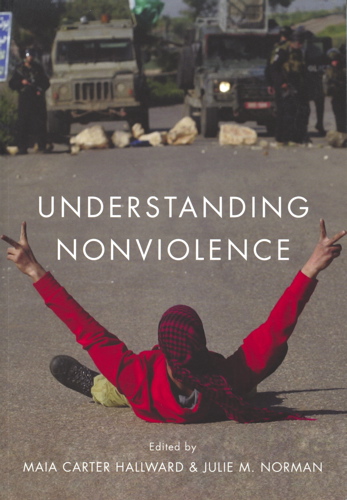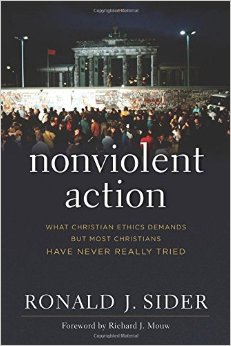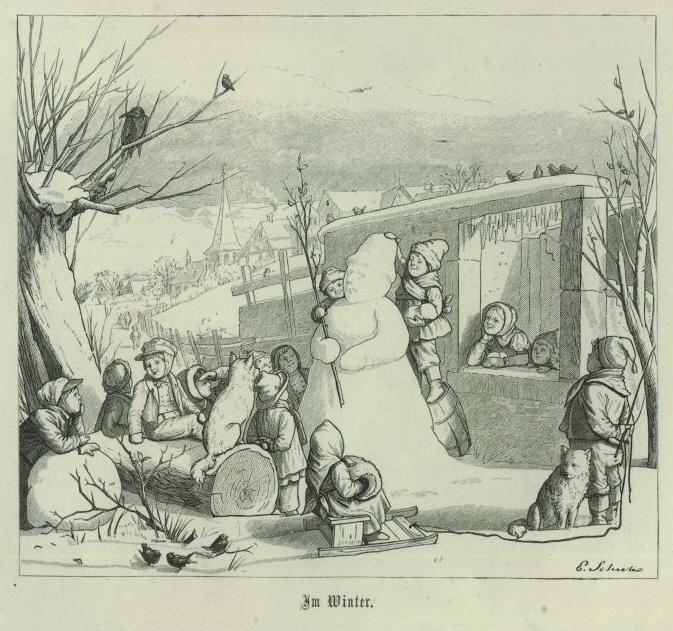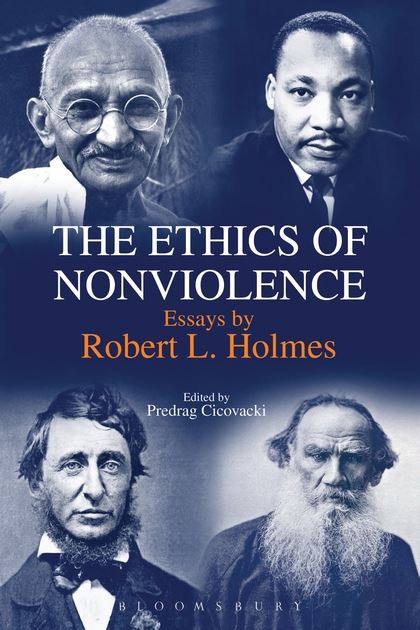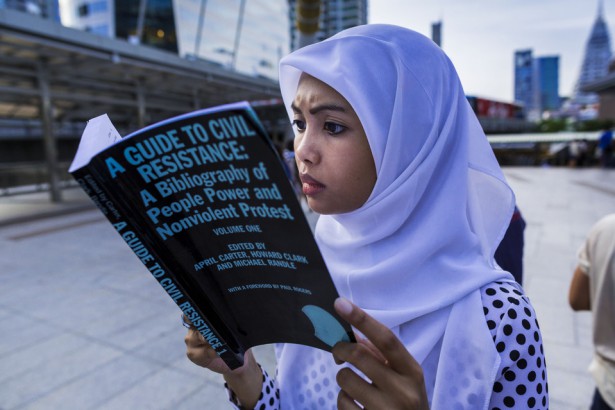Book Review: Nonviolent Resistance to the Nazis
by Gertjan Cobelens
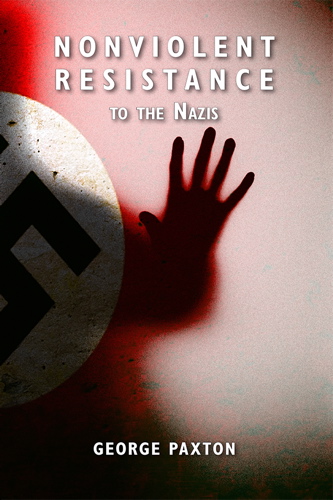
Dustwrapper art courtesy youcaxton.co.uk
But what about World War II? It is considered the ultimate trump card in any debate on the effectiveness of nonviolent resistance. Not entirely by accident, it is also the title of an IFOR brochure on this very question. (1) It was President Obama’s main defense for his justification of the use of force in his acceptance speech of the Nobel Peace Prize. It was one of the main stumbling blocks for Martin Luther King Jr. towards embracing nonviolence, and it is the standard reaction of most people involved in government and the military to suggestions of implementing forms of nonviolent civil defense. The implication, of course, is that the Nazi regime was so violent and abhorrent that it could only be stopped by brute force. The other side of the coin, though, is that if one could argue successfully that some forms of nonviolent resistance did prove viable during WWII, it would follow that these strategies would be effective under most circumstances.
That was what the War Resisters’ International set out to demonstrate when, in 1952, they embarked on the idea to put together a book on accounts of nonviolent resistance. Although the WRI succeeded in amassing some first-class examples, the amount of material collected was deemed insufficient to be published as a book. (2) Others followed suit, such as Gene Sharp in his 1958 Peace News Pamphlet Tyranny Could Not Quell Them, in which he detailed the successful non-cooperation campaign by the teachers of Norway, and Jacques Sémelin’s Unarmed Against Hitler: Civilian Resistance in Europe 1939-1943. (3).


